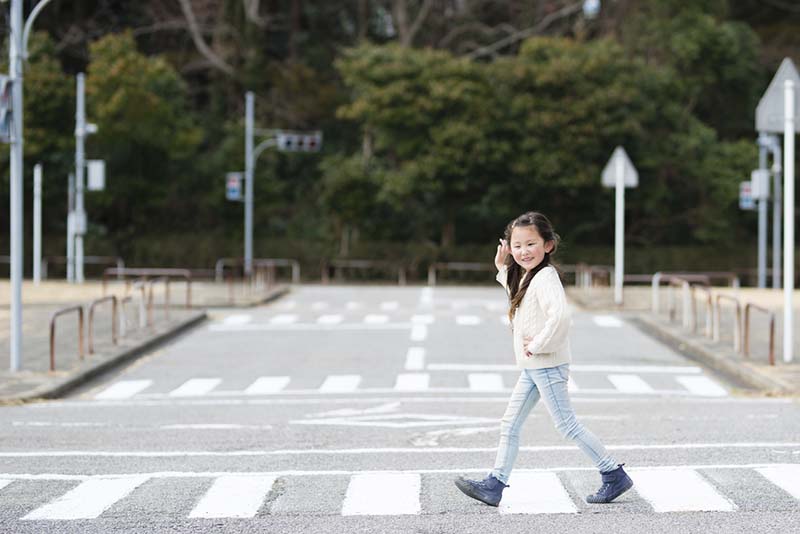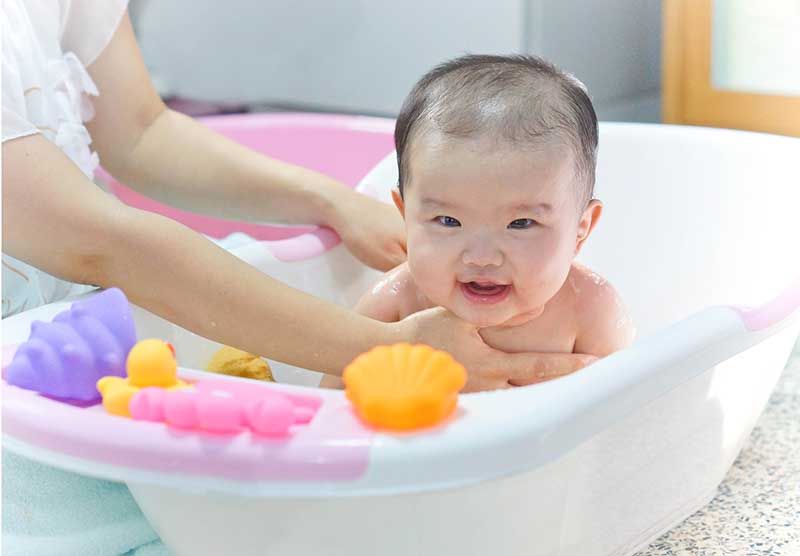Families For Life | Pedestrian and Road Safety for Children-Toddlers

Even if you don’t use a car, you and your child will probably be around roads and vehicles quite a bit. This guide to pedestrian safety and road safety will help you keep your child safe around cars, driveways, roads and car parks.
Pedestrian safety and road safety for kids
Until the age of 11-12 years, children need active adult supervision to help them navigate cars, roads and car parks safely. Even children who seem to know all the road safety rules won’t necessarily remember to follow them.
Always holding your child’s hand when he’s near cars is a great first step. You can also teach your child about road safety, including how to be safe around parked cars and on footpaths.
Your child will learn about pedestrian safety by watching you, so use safe behaviour around cars, roads, footpaths and carparks.
For example, always stop, look, listen and think before crossing a road, and use pedestrian crossings wherever possible. Always cross at the safest point, even if you have to walk further out of your way. If you’re crossing at the lights, wait for the green man. And put away phones and other devices when you’re walking around roads and cars.
A top tip for helping children learn about pedestrian safety and road safety is to describe what you’re doing each time, so your child can understand why it’s important.
Preventing carpark accidents
Toddlers are especially at risk in carparks. Toddlers might not yet realise that cars are dangerous. They can also move quietly and quickly. They get highly absorbed in whatever they’re doing, including chasing a ball behind a car. They often don’t stop, even if you ask them to.
And it’s not just toddlers – older children can get hurt this way too.
Here are some safety guidelines:
Before moving a vehicle in a carpark, check that no child is behind or in front of the vehicle. Don’t rely only on car cameras and sensors. Always do a visual check around the vehicle.
Never leave young children alone to play near parked or moving vehicles in carparks.
Always hold your child’s hand near cars. Explain why it’s important for your child to hold your hand.
Safety getting in and out of the car
Always use the curbside, rear passenger door when putting your child into her restraint. This way, your child will get used to always getting in and out of the car through the safest door – the one furthest away from traffic.
If you have a baby and a toddler, keep your toddler safe inside the car while you look after your baby.
Once you’re all out of the car, hold hands with your child and together work out where cars could come from before you walk away from the car. When you go back to your car, help your toddler in first, because your baby is less likely to move out of sight.
It's a good idea to activate childproof door locks so your child can't get out of the car until an adult is present and it's safe to do so. Your car manual will tell you where the locks are in your car and how to use them.
Pedestrian safety: walking and crossing roads
You can help children develop pedestrian safety skills and road safety skills by giving them plenty of practice around real roads – for example, by walking with children to and from child care or school, around the block or to the nearby shops.
While your child is learning, these pedestrian safety guidelines will help prevent accidents:
Hold your child’s hand when crossing roads together and wherever there’s traffic or cars. Take special care where there’s a lot of traffic, high-speed traffic, narrow or non-existent footpaths, or things that block the view, like parked cars and trucks, trees or crowded footpaths.
Always cross at pedestrian crossings or corners, wait for the lights, and look in every direction to check there are no cars coming. To help your child understand about when and where it’s safe to cross, explain what you’re doing.
Stop and check that there are no cars reversing or entering.
Start talking about road safety while your child is still in the stroller. For example, ‘Uh oh, car coming. Better wait until it’s gone before we cross’. Keep talking about road safety as he grows.
As you walk together, you can ask your child simple questions to get her thinking about pedestrian and road safety:
Where is the safest place to cross this road?
What do we need to do before we cross the road together?
Why do we hold hands to cross the road together?
When is it safe to cross the road?
What do we look for when crossing the road?
What sounds are we listening for when crossing the road?
Knowing when your child is ready to go solo
Your child’s readiness to cope safely in traffic on his own depends on his development and how much practice he’s had around real roads and traffic.
As a general guide, your child is ready to navigate roads safely on her own when she knows and understands road safety rules. She also needs to understand that even though she must follow the road rules, drivers don’t always follow the rules.
Your child must be able to pay attention to vehicles on the road and work out how far away they are and how fast they’re coming towards him.
And, of course, your child must be able to choose safe places to cross roads.
You can still help by:
checking your child stops, looks, listens and thinks before crossing the road
talking about road rules in simple terms
walking and talking together with your child around the streets
making sure your child wears colours that are bright and easy to see.
© raisingchildren.net.au, translated and adapted with permission
Explore more

DID YOU KNOW?
Bath time is a good way to soothe your baby but it can also be a fantastic learning opportunity for your child. Learn how you can engage him during bath time.
READ MORE